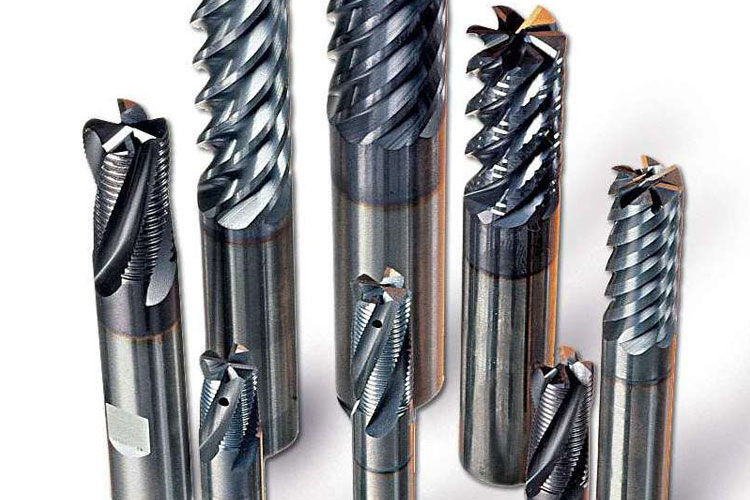Titanium is an odorless, silvery solid or a dark gray powder. It is used in alloys, in aircraft, missiles, and atomic reactors. The powder form is used in pyrotechnics and in making welding rods, electrodes, surgical appliances and lamp filament.
Titanium is the ninth most abundant element in the Earth’s crust. This abundance and its status as a corrosion resistant, strong metal have landed it many industrial applications where its best features can be fully taken advantage of. Some uses include airplane motors, jewelry, and heat exchange systems.
Inhaling titanium dust particles is bad for your lungs. Also, Titanium exposure may be harmful to your brain. Titanium nano particles can enter directly into the hippocampus region of the brain through the nose and olfactory bulb. Research found that titanium dioxide had a toxic effect on glial cells in the brain, suggesting that exposure to titanium dioxide may cause brain injury and be a health hazard.
Titanium Dust is Combustible and is an Explosion Hazard:
When most people think of controlling dust in the workplace, they think of taking steps to avoid inhaling dusts to prevent health problems. However, the accumulation of combustible dusts in the workplace can lead to far greater consequences. As seen in recent years, neglect of housekeeping and improper handling of combustible dusts can lead to property damage, injuries and loss of life.
Titanium powder is flammable and spontaneously combustible.
During fabricating operations, aluminum fines may be generated by such activities as grinding, polishing, sawing, cutting, sanding or scratch brushing and at least some of them will be fine enough to be potentially explosive. The term “dust” or “powder” is frequently used to describe such particles.
The National Fire Protection Association (NFPA) defines a combustible dust as “a combustible particulate solid that presents a fire or deflagration hazard when suspended in air or some other oxidizing medium over a range of concentrations, regardless of particle size or shape.” In general, combustible particulates having an effective diameter of 420 μm or smaller, as determined by passing through a U.S. No. 40 Standard Sieve, are generally considered to be combustible dusts. However, agglomerates of combustible materials that have lengths that are large compared to their diameter (and will not usually pass through a 420 μm sieve) can still pose a deflagration hazard. Therefore, any particle that has a surface area to volume ratio greater than that of a 420 μm diameter sphere should also be considered a combustible dust. The vast majority of natural and synthetic organic materials, as well as some metals, can form combustible dust. The NFPA’s Industrial Fire Hazards Handbook states, “any industrial process that reduces a combustible material and some normally non-combustible materials to a finely divided state presents a potential for a serious fire or explosion.”
Finer particles burn readily when their ignition point is reached, and tend to ignite the coarser particles as well. In the case of titanium, an explosion can result if ignition occurs while the particles are suspended in air as a dust cloud, since the burning extends from one particle to another with extreme speed. Examples of potential sources of ignition are open flames, welding equipment and cutting torches, matches and cigarettes, faulty electrical equipment and static electrical discharges. Such conditions must be avoided in areas where dust producing operations are carried out.
Suggested Industrial Vacuums for Recovery of Toxic & Combustible Dust
PrestiVac HEPAPlus* Vacuums are specifically designed to safely vacuum toxic dusts. Equipped with a Certified Absolute HEPAPlus*filter with an efficiency of 99.995% on 0.2 micron so there is no risk of exposure or contamination for the operator or the environment. These vacuums are tested for absolute filtration. Testing Method: IEST RP-CC034.3. H14. MIL-STD 282 / A.S.T.M. - D2986-91. MPPS method EN 1822.
PrestiVac Explosion Proof/Dust Ignition Protected Vacuums are designed to safely vacuum explosive, flammable, combustible conductive* dusts. Our Explosion Proof/Dust Ignition Protected Vacuums are completely grounded and static dissipating because they are built entirely with non-sparking metals and do not have any painted components so there is no risk of fire or explosion from a spark or static build up. All the electrical components, including the motor and starter are totally enclosed so there is no source of ignition. Our explosion proof vacuum cleaners comply with NFPA 484 guidelines and are an effective tool for good housekeeping practise as per OSHA.
- Dustless Sanding Vacuums
- Explosion Proof Division 1 Vacuums
- HEPA Vacuums
- Immersion Separator
- Immersion Separator Dustless Sanding Vacuums
Which Industries are at Risk with Titanium Dust?













